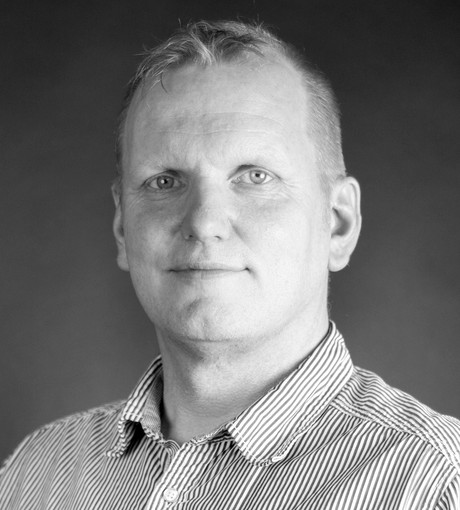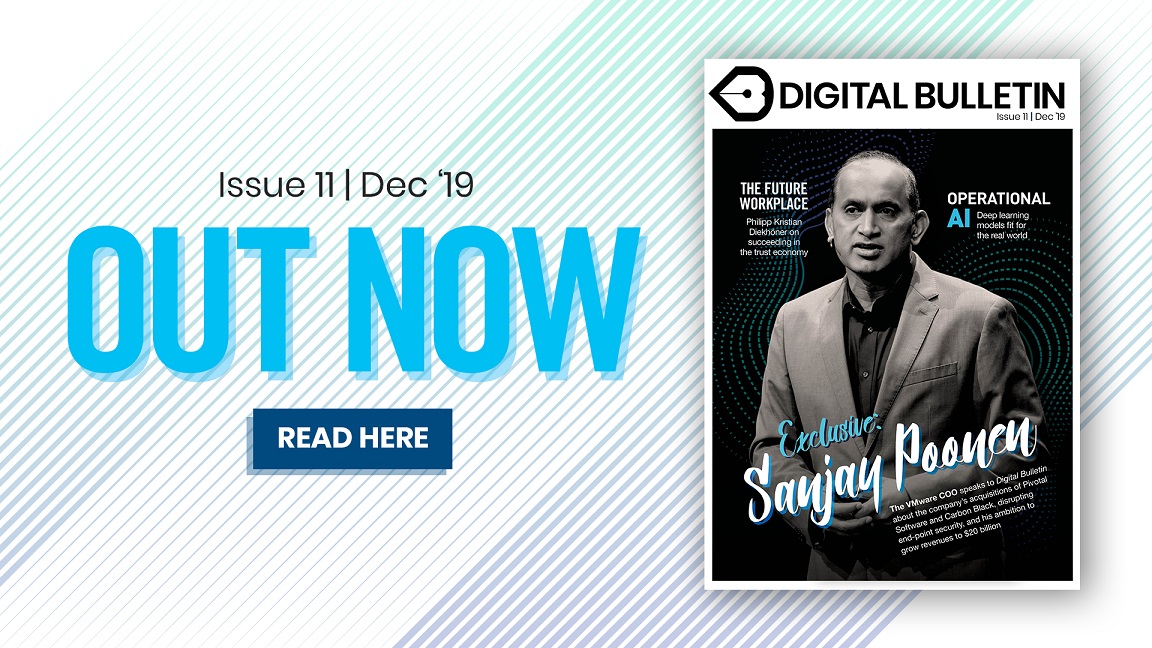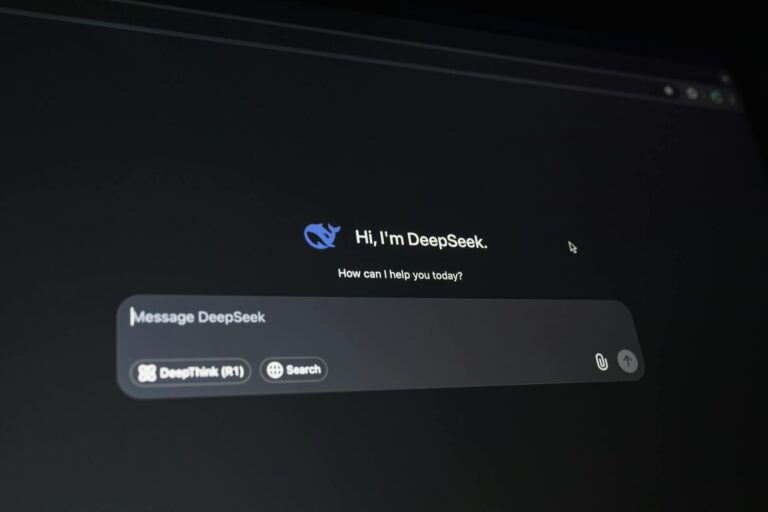
As we look ahead to a new decade that will see technology tighten its enterprise grip, is there a more exciting field to be involved in than data science?
Those armed with potent and highly desirable skills around data are sitting pretty ahead of the 2020s. Gartner recently found that data-centricity is a high priority for CEOs: industry has well and truly fallen for data’s charm, lured in by the promises of deeper insights, increased efficiencies and attractive cost-savings.
The work of data scientists is impacting us all, whether we know it or not. They have been the architects of countless transformations, both at the micro-level within organisations and macro-level across entire sectors. But this is just the beginning.
Data science itself has been transformed by advanced technologies like artificial intelligence (AI) and machine learning (ML). And it is the potential of the latter, especially in subsets like deep learning and neural networking, that is firing the imaginations of data science experts as they look to the future.
Björn Brinne is one of those whose hands are on the wheel. Brinne is Chief AI Officer and Head of Data Science at Peltarion, a Swedish company which operationalises ML for the enterprise. He has had a fascinating career; from deploying early ML technology for fraud detection at an online betting company, to leading business intelligence for the likes of Electronic Arts and King.
At Peltarion, Brinne is a vital cog in a team tackling the wider adoption issues around complex ML, deep learning and neural networking models – and he’s absolutely loving it. “That’s been my life for the last three years, and they’ve been the best three years of my working life,” he enthuses during an interview with Digital Bulletin.

Those of a curious mind are stimulated by the biggest challenges and Brinne is a case in point. Countless studies have highlighted many different barriers to ML adoption, including skills, fear of the unknown and the quality of data. Brinne himself points to the obvious talent issue – “Google and Microsoft and those guys quickly hired everybody, so now it’s much harder for everybody else to find the people” – as well as a shortage of tooling, which is where Peltarion enters the fray. Yet the difficulties don’t end there, especially in deep learning and neural networks.
“There are a few,” Brinne adds. “One is the lack of theoretical understanding; many don’t actually know how the algorithms work in detail. This means it can be very hard to predict what model will actually work well on what data. It’s also hard to predict how long a project would take because of that.
“Another is explainability. You can see a good result through statistics, but you don’t really know how the model actually works. What’s its reasoning? In health and med-tech, for example, that’s obviously important because they need trust. Then there is the cost as well – they are huge models and they run on specialised hardware.”
It is a refreshingly candid analysis from Brinne – and serves to illustrate the magnitude of the job still to do before these technologies are truly pervasive. When the conversation turns to solutions, Brinne first reaches beyond talk of products or platforms and touches on organisational structure and culture.
Subject knowledge is typically contained tightly within data science teams and turning that expertise into successful implementations within an organisation can prove tricky.
“The way companies are set up is important. If you can get the domain experts in all parts of the company to solve problems, then that is much better,” says Brinne. “We’ve actually spoken to a lot of companies that tried to get on the AI bandwagon quickly, and the way they did that was to hire a group of ML experts, put them in a team and try to get them to solve problems in the company. They’ve realised now that it doesn’t work; the distributed fashion of doing it is necessary.
“Usually the data scientists’ goals are different from the organisational goals, so finding a match for that has been an issue. Getting the domain experts – who care about the problems – empowered to solve the problems will be super useful.”
Removing exclusive control of these solutions from data scientists and putting them in the hands of others is central to Peltarion’s proposition.
The company’s seeds were first sown in 2004 when co-founders Luka Crnkovic-Friis and Måns Erlandson graduated from the Royal Technical Institute in Stockholm and immediately began working on market-worthy AI and neural networking solutions. Soon they were collaborating with the likes of NASA, Tesla, Dell, and Harvard.
Since then Peltarion has grown into Sweden’s foremost AI innovator – no mean feat in the technological hotbed of Scandinavia. It has been driven by a sky-high, ‘AI for all’ ambition and the latest iteration of its platform allows users to deploy their own models without the need for professional knowledge on the intricacies of deep learning and neural networks.
“We want to build tools that can handle any type of data and can be relevant for companies in any industry and ensure they don’t need to change too much. We don’t want them to have to hire the hard-to-find people, rather making sure that they have tools so their domain experts can solve the problems,” explains Brinne.
“Most companies and most approaches are trying to train more people to be data scientists. Being a good data scientist takes a long time, it’s not easy and it takes a lot of experience. I think that approach is quite difficult. The approach of how to work with these methodologies really is at an abstraction level where it shouldn’t be. Trying to make it easier and more understandable, where you need to know less about it to use it, is the way forward.”
Brinne draws an interesting comparison to Adobe’s Photoshop software, a hugely popular raster graphics editor that has become the industry standard in digital art.
One of the things that I think is very important is that we need to get society and everybody to learn about AI and what neural networks are about. In the media, there’s a lot of confusion about what’s going on
“A photographer can use Photoshop and do awesome things with it, it has very complex mathematics behind it but you don’t have to understand that mathematics to use it. It’s the same here – right now, you do have to understand a lot of it [deep learning] but once we have proper tools, it won’t be necessary any more.”
He says this methodology also frees up data scientists, reducing the amount of time spent on managing experiments and models in production and allowing them to engage in solving other problems. Peltarion has seen its platform back up these claims in a range of use cases operationalised with its clients.
Brinne previously hinted at the caution that must be applied when bringing AI to critical processes in healthcare, but Peltarion details one case study where deep learning’s image recognition capacity helped a radiotherapy company with tumour detection. It built a segmentation model on its platform that trained itself to recognise the cancer cell pixels in an image, creating a faster and more reliable process.
It has also had an impact in the clean energy sector by helping resolve the need to balance consumption with production in wind energy. Peltarion’s model helped better predict weather conditions, informing the client whether to turn hydropower up or down.
“Weather models before were based on physics simulations and a model of the wind turbine that was also based on physics simulations, and you’d combine those two to predict how much energy the wind power plant would produce. That’s a huge calculation – it takes supercomputers a long time to do it,” explains Brinne. “The idea from our founders was that we should do this in a data-driven fashion and there’s a huge gain in time and accuracy.

“We’ve also done sales forecasting for merchants, we’ve done metadata generation for a music company and also generating music – that was hard and didn’t really succeed, but it was very interesting to work on. We’ve worked on house valuation, market research, the manufacturing industry… so we’re trying to cover everything.”
Brinne is evidently convinced by Peltarion’s prospects and truly engaged in his work – but he still admits that there’s plenty to be done for industry excitement around data science, AI and ML to be reflected in the wider public consciousness.
On the overriding issue of trust, he concludes: “One of the things that I think is very important is that we need to get society and everybody to learn about AI and what neural networks are about. In the media, there’s a lot of confusion about what’s going on.
“There are some initiatives in that direction. We support ‘Elements of AI’, which is a basic course for anyone. You understand the principles and it’s very worthwhile to push that out and get the general public to understand what AI is, and show how AI should be working with people and not the scary pictures that you often get in the media.
“It’s super exciting though. I’m in a job where we can focus on this and try to affect the rest of society, and enable companies to make use of it – that’s a really nice place to be in.”



